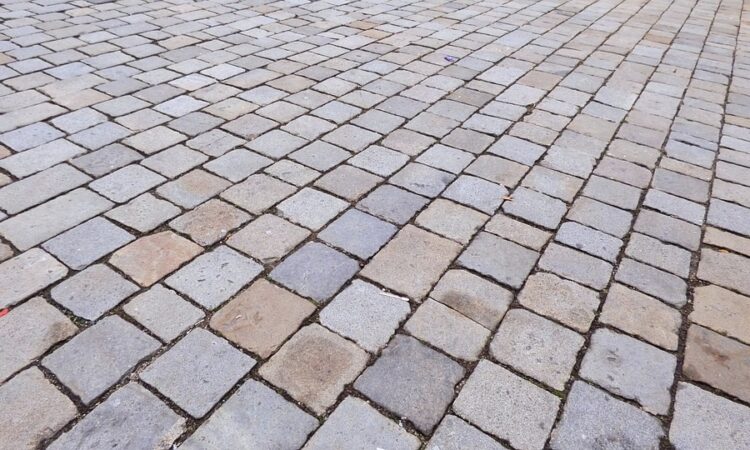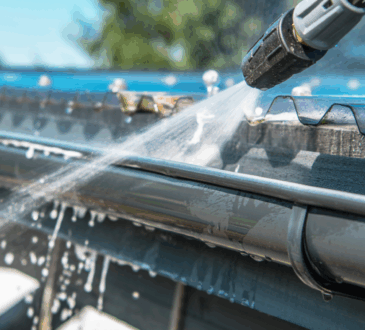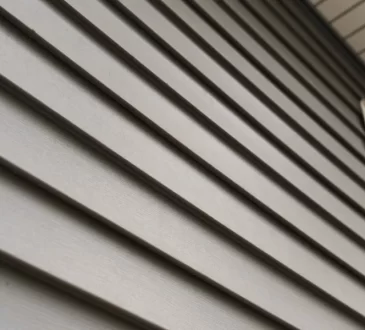
If you want to create a fun and functional outdoor area, look no further than the patio. That makes installing one in your home quite an important undertaking. Even more so when you have to select the right pavement for it.
You have two options here–either stamped concrete or pavers. Both have similarities and their distinctive differences though, which is going to be the topic of this piece. Moreover, we’ll explore which one is more cost effective and durable and in what climate is each best used.
Let’s begin!
Appearance
The first option provides plenty of possibilities. Concrete is customisable and can mimic the look of natural stone, brick, or even wood. Use stamps, stains or dyes to customise its look and add various textures and patterns to your patio. Moreover, you can customise concrete with integral colours or decorative aggregates. That will create a unique and personalised look for your patio.
Conversely, pavers offer much more versatility. This option comes in various shapes and sizes. All this, and the versatile colours make for endless design combinations. If you’re into tweaking every single little detail or you have a specific plan in your head, then this is the way to go. However, if concrete fits better with your architectural design, then go with that.
Durability
Stamped concrete is quite durable. Additionally, it can withstand heavy foot traffic and UV exposure, even in inclement weather conditions. Its only caveat is that it’s prone to cracking over time. This is especially so in places where there are freeze-thaw cycles. However, you can reduce the risk with reinforcing fibres or a steel mesh. Add either to the concrete mix during installation, and you should be good to go.
Conversely, pavers are also incredibly durable. Moreover, they shouldn’t be discounted either as they’re resistant to cracking. This makes them ideal for high-traffic areas. Furthermore, their interlocking design provides strength and stability, making the likelihood of shifting or settling much less likely.
Installation
Although relatively straightforward, to install concrete successfully, you need skilled craftsmen. Contact licensed handymen or landscape architects so they can handle all sub-base preparation and other intricacies. Moreover, they will handle the compaction and grading correctly to prevent settling and ensure long-term stability.
Pavers are somewhat easier to install. They do require, however, proper base preparation and edge restraints. These are necessary in order to prevent shifting and ensure a stable, lasting installation. Additionally, use polymeric sand between the joints. It will help lock the pavers in place and spare you any dealings with weed growth.
Maintenance
Concrete requires regular cleaning. This prevents things like stains but also fading and deterioration as well. Moreover, to help maintain its look and appearance, you also need to do some periodic sealing. Use specialised concrete patching materials to repair minor cracks. Handling that in a timely manner will ensure this pavement lasts you for the longest time possible.
Pavers require somewhat less maintenance. All you need to do is do some occasional sweeping and rinsing. If you notice settling or shifting, you may need to relevel them, but other than that, pavers don’t need all that much frequent attention. Still, sealing them will enhance their colour and protect them from stains and fading. But all that depends on the climate and your personal preference.
Cost
Concrete is more affordable upfront. However, pavers last longer overall and offer easy replacement and repair. In terms of total cost, you’ll have to look at site preparation and accessibility. Additional features like drainage systems or lighting are also a factor when determining the end price.
Moreover, you should consider the overall lifecycle cost here. The initial numbers may seem better, but it’s essential to ensure your investment pays off for the longest time possible.
Climate Adaptability
Concrete will crack over time in areas prone to freezing and thawing. That happens because of the constant expansion and contraction of the material. As mentioned earlier, there are ways to mitigate this, but if you live in such an area, it might be better to switch to pavers. Ultimately, it all depends on proper installation and reinforcement and how severe the fluctuations are.
Pavers have less trouble with these things. Furthermore, their flexible jointing is much better suited to withstand the weather without compromising their integrity. Moreover, they allow for better drainage. This might prove quite important in areas with heavy rain or snowfall. Overall, if you worry about water damage and erosion, pavers are the way to go here.
Environmental Impact
Stamped concrete requires fewer materials and resources during installation. That makes it a somewhat more sustainable option. The problem is when it comes to concrete production plants. These factories emit plenty of greenhouse gases during manufacturing, which means significant carbon footprint.
Conversely, pavers are made out of natural materials, such as clay or recycled materials. This reduces their environmental impact when we also add the installation into the mix.
Additionally, there are permeable pavers too. They allow rainwater to infiltrate the ground, which reduces runoff and helps replenish groundwater sources. That aids the planet quite a lot when you consider how much damage impermeable pavement does in the first place.
Make the responsible choice, if you can, and make a difference for the better.
Conclusion
That’s pretty much it! We hope that by now, you have a pretty good grasp of what the pros and cons of stamped concrete and pavers are. There’s no right or wrong here, only what would work best for your individual circumstances. Whether you opt for durability or cost-effectiveness, we wish you the best of luck with your patio project.
Weigh both options carefully before making your final choice. But if you can’t decide, don’t hesitate to contact landscape designers and ask. They have the know-how and experience to discern which material is best to use in your situation. However, if you made up your mind, they can still offer prompt, professional installation. Ultimately, that will ensure your patio will serve you faithfully for years to come.




